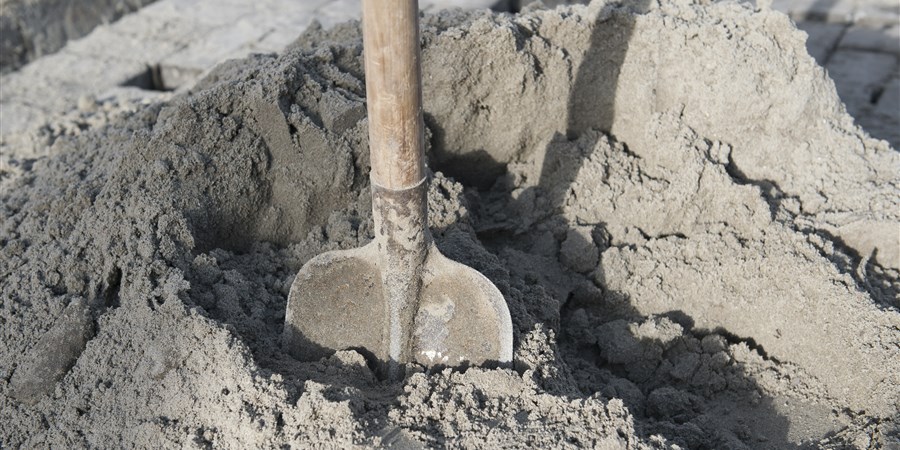Manufacturers equally negative in January

Producer confidence in January was below the 20-year average of -1.3. It reached an all-time high (10.4) in October 2021 and an all-time low (-31.5) in April 2020.
| year | month | balance (average of the component questions) |
|---|---|---|
| 2021 | February | -2.6 |
| 2021 | March | 0.6 |
| 2021 | April | 3.6 |
| 2021 | May | 5.6 |
| 2021 | June | 7.8 |
| 2021 | July | 9.2 |
| 2021 | August | 7.1 |
| 2021 | September | 9.1 |
| 2021 | October | 10.4 |
| 2021 | November | 10.1 |
| 2021 | December | 7.3 |
| 2022 | January | 6.5 |
| 2022 | February | 5.8 |
| 2022 | March | 5.7 |
| 2022 | April | 7.2 |
| 2022 | May | 5.8 |
| 2022 | June | 4.2 |
| 2022 | July | 5.3 |
| 2022 | August | 2.4 |
| 2022 | September | 1.2 |
| 2022 | October | 0.9 |
| 2022 | November | 1.1 |
| 2022 | December | 1 |
| 2023 | January | 1.1 |
| 2023 | February | 0.9 |
| 2023 | March | 0.9 |
| 2023 | April | -0.3 |
| 2023 | May | -1.7 |
| 2023 | June | -2.7 |
| 2023 | July | -2.7 |
| 2023 | August | -4.6 |
| 2023 | September | -3.9 |
| 2023 | Oktober | -3.7 |
| 2023 | November | -2.6 |
| 2023 | December | -5.7 |
| 2024 | January | -4.4 |
| 2024 | February | -4.2 |
| 2024 | March | -4.8 |
| 2024 | April | -3.6 |
| 2024 | May | -2.8 |
| 2024 | June | -2.4 |
| 2024 | July | -2.7 |
| 2024 | August | -1.9 |
| 2024 | September | -1.7 |
| 2024 | October | -3.2 |
| 2024 | November | -1.8 |
| 2024 | December | -1.6 |
| 2025 | January | -1.6 |
Less negative about order positions
Manufacturers’ assessment of the order positions was less pessimistic. However, they were less positive about expected output for the next three months and their assessment of current stocks of finished products was more negative.
One component indicator was positive: manufacturers who anticipated an increase in output over the next three months outnumbered those expecting a decrease.
Two component indicators were negative. Manufacturers were more likely to indicate that their order position was weak rather than strong for the time of year, and more manufacturers described their current stock of finished products as large rather than small.
| January 2025 (balance % positive answers and % negative answers) | December 2024 (balance % positive answers and % negative answers) | |
|---|---|---|
| Producer confidence | -1.6 | -1.6 |
| Expected output | 9.6 | 11.1 |
| Assessment of stocks of finished products | -6.6 | -5.1 |
| Assessment of order-book levels | -7.9 | -10.9 |
Producer confidence negative in most of industrial sectors
Confidence was negative in most of the main industrial sectors. Producers in the timber and building materials industry were the most positive. Manufacturers in the food and beverage sector were also positive.
| January 2025 (average of the component questions) | December 2024 (average of the component questions) | |
|---|---|---|
| Timber and building materials | 1 | -7.6 |
| Food, beverages, tobacco | 0.7 | -0.4 |
| Electrotechnical products and machinery | -0.3 | 2.7 |
| Petroleum and chemicals | -3.9 | -2.2 |
| Paper and printing | -3.9 | -6.2 |
| Metal | -5.6 | -5.5 |
| Transport equipment | -6.7 | -6.2 |
| Textiles, clothes, leather | -9.6 | -8 |
Capacity utilisation rate increases fractionally
The industrial capacity utilisation rate stood at 77.2 percent at the start of Q1 2025. That is slightly higher than the previous quarter (77.1 percent), but still relatively low.
| Capacity utilisation rate (%) | ||
|---|---|---|
| 2021 | Quarter 2 | 81.7 |
| 2021 | Quarter 3 | 84.1 |
| 2021 | Quarter 4 | 83.8 |
| 2022 | Quarter 1 | 83.6 |
| 2022 | Quarter 2 | 84.2 |
| 2022 | Quarter 3 | 84.2 |
| 2022 | Quarter 4 | 82.7 |
| 2023 | Quarter 1 | 82.6 |
| 2023 | Quarter 2 | 82.5 |
| 2023 | Quarter 3 | 81.6 |
| 2023 | Quarter 4 | 81 |
| 2024 | Quarter 1 | 78.4 |
| 2024 | Quarter 2 | 79.6 |
| 2024 | Quarter 3 | 78 |
| 2024 | Quarter 4 | 77.1 |
| 2025 | Quarter 1 | 77.2 |
Manufacturing output remained virtually the same in November
In November 2024, the calendar-adjusted output of the Dutch manufacturing sector was 0.1 percent lower than it was in November 2023. This means that manufacturing output has not grown for a total of 17 consecutive months. After adjustments for seasonal and calendar effects, manufacturing output rose by 1.3 percent relative to October.
Sources
- StatLine - Producer confidence; sentiment indicator manufacturing industry
- StatLine - Business survey Netherlands
Related items
- Dossier - Business cycle